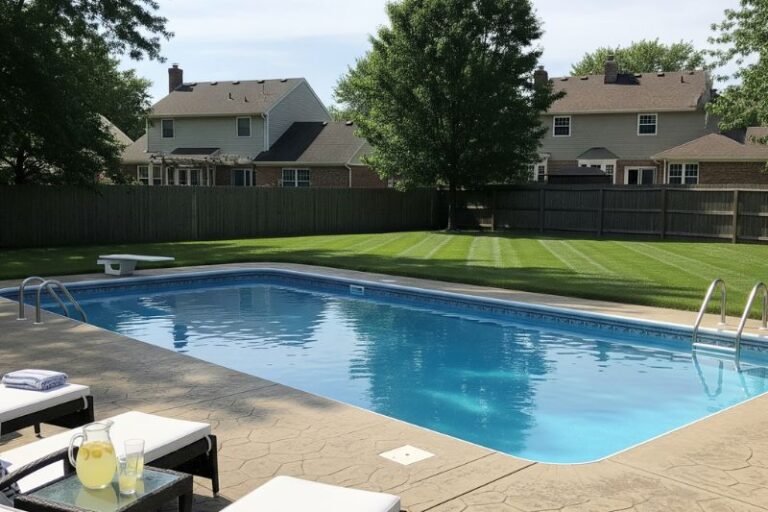It started like all the usual pool complaints. Cloudy water. Weak suction. A homeowner who swore they’d “done everything right.” But in this case, the truth didn’t float. It clung to the walls, settled at the bottom, and quietly pulsed through one tiny dial that everyone ignored. The pressure gauge had been trying to speak volumes. We just had to listen.
Chapter One: The Clues
The homeowner called in frustrated. Weekly shock? Done. Vacuuming? Religious about it. Skimmer baskets? Emptied daily. “We’re pool perfectionists,” they said.
But the water still looked off. Not terrible, but definitely not inviting.
When I arrived, I took a walk around the pool like a detective at a crime scene. No obvious debris. No green tint. But then I saw it: the filter pressure gauge barely budged.
Key signs something was wrong:
- Suction from the vacuum was weak
- Return jets felt like a lazy breeze
- Filter pressure was way too low, even while running
Chapter Two: The Interrogation
I started asking questions. Not just about what they did, but how and when they did it. That’s when the holes in their perfect routine started to show.
The confession came in bits:
- They hadn’t backwashed in two weeks because “the pressure never rose.”
- The vacuum hose had been replaced, but they never checked for air leaks.
- Water testing was only done with test strips they bought last year.
Their routine sounded good on paper, but they weren’t paying attention to the real evidence. And the biggest piece of evidence was that pressure gauge. It wasn’t rising because the water wasn’t circulating right.
Chapter Three: The Setup
I opened the pump basket. It was half-full of pine needles. The O-ring seal was dry and cracked. Air was getting in, and pressure was dropping. The vacuum line had a small split near the end, letting more air slip into the system.
Here’s what that does to your pool:
- Introduces bubbles that mess with water flow
- Keeps pressure too low to trap particles
- Lets debris cycle through instead of getting trapped
On top of that, the filter sand hadn’t been changed in five years.
Chapter Four: The Truth Comes Out
So here’s what was really happening: they kept treating the symptoms, not the problem. Chemicals couldn’t work because the system wasn’t flowing. The filter wasn’t filtering. The pump was struggling.
They thought they were checking everything, but they ignored the basics. That little pressure gauge had been begging for attention, sitting at an unbothered 4 PSI when it should’ve been closer to 12.
Chapter Five: Case Closed
We cleaned the pump basket, sealed the O-ring with lube, and replaced the split hose. Backwashed the filter. Replaced old sand. The gauge climbed to 11 PSI. Within 48 hours, the water looked ten times better. Not perfect, but finally responding.
The mystery was never in the water. It was in the details they kept overlooking. And the one dial that told the whole story?
The pressure gauge.
Lesson learned: Stop ignoring what your equipment is trying to tell you. That little dial on your filter? It’s not just a number. It’s a clue.
Case closed.




